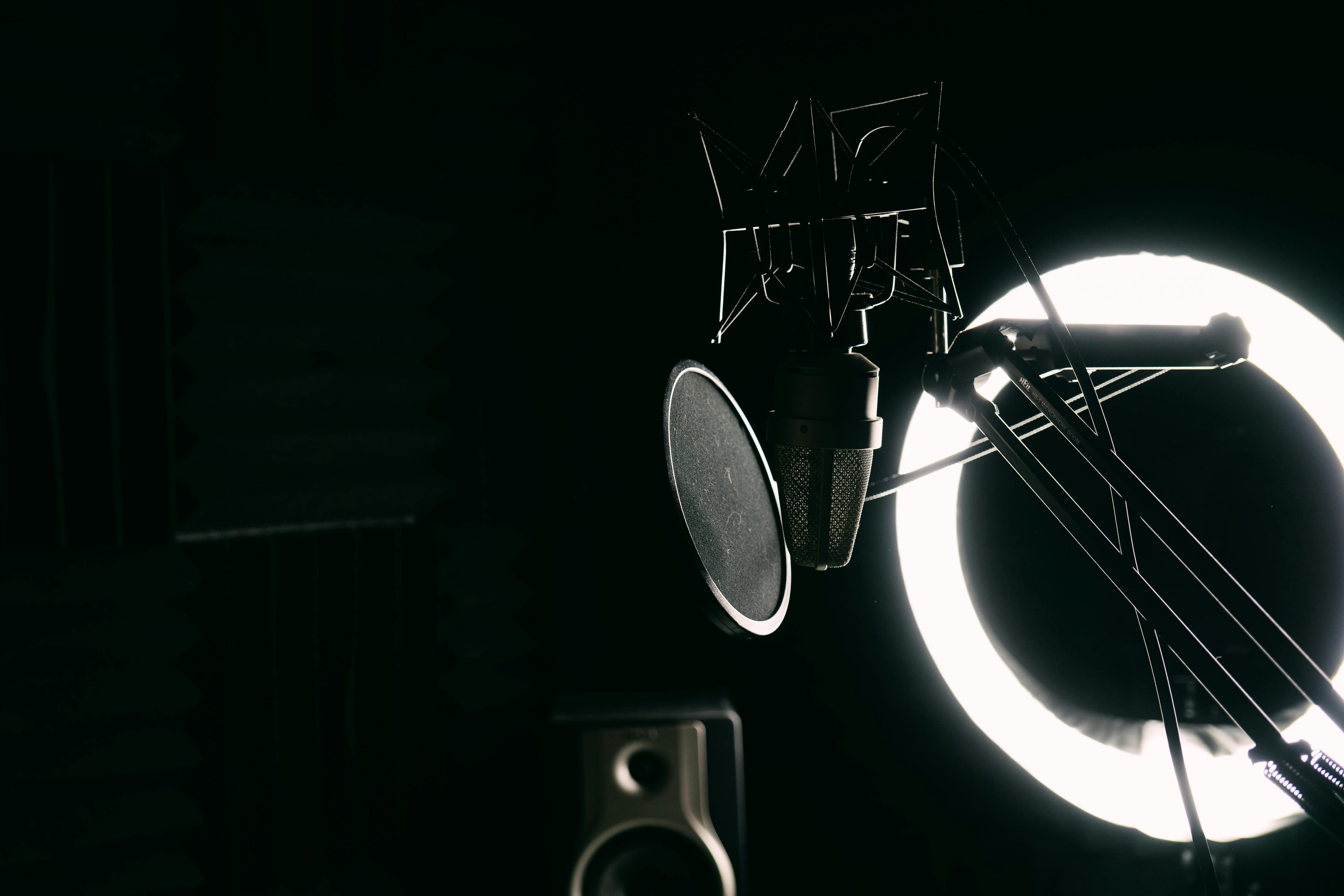Recording vocals at home gives you freedom to create without the pressure of a professional studio. But even with great equipment, getting clean, crisp vocals can be difficult. That’s because your room plays a huge role in how your microphone captures sound. Hard walls, floors, and ceilings cause reflections that blur your tone and make recordings sound distant.
That’s why learning why to use a microphone isolation shield for home recording vocals is essential. It’s one of the easiest ways to improve your sound instantly without needing to completely treat your room.
How Room Reflections Affect Your Vocal Sound
When you sing or speak in an untreated space, your voice doesn’t just go straight into the microphone. It bounces off nearby surfaces and returns to the mic milliseconds later. These reflections combine with your direct sound and cause muddiness, echo, and loss of clarity.
You might try to fix this with EQ or plugins later, but software can only do so much. The cleanest recordings start with clean input. That’s exactly what a microphone isolation shield helps you achieve.
What a Microphone Isolation Shield Actually Does
A microphone isolation shield surrounds your mic with sound-absorbing material that prevents room reflections from interfering with your voice. It works like a small acoustic booth that you can move anywhere. By blocking those unwanted reflections, your mic focuses only on the sound directly in front of it — your voice.
If you’ve ever wondered why to use a microphone isolation shield for home recording vocals, the answer is simple. It lets you get professional-quality vocal recordings in any room, no matter how big or small. You don’t need to invest in expensive wall panels or studio construction to sound clear and polished.
The Difference Between a Pop Filter and a Microphone Isolation Shield
It’s common to see both pop filters and isolation shields in home studio setups, and while they’re both helpful, they serve completely different purposes. A pop filter prevents bursts of air from hitting the microphone when you say certain consonants like “P” or “B.” This keeps your recordings free from harsh popping sounds.
A microphone isolation shield, on the other hand, controls how your voice interacts with the space around you. It doesn’t just block air — it absorbs reflections and keeps your sound tight and focused. The best results come from using both together, creating a balance between vocal clarity and natural tone.
Setting Up Your Microphone Isolation Shield
Getting the most from your isolation shield depends on good setup. Position your microphone in the center of the shield and adjust the height so the shield slightly extends above and around the mic capsule. Keep a comfortable distance from the microphone — about six to eight inches — to capture your voice naturally without distortion.
Make sure your recording area is quiet and free from background noise. Even a small space can sound professional when you manage reflections properly.
Why Home Recordings Often Sound Unpolished
Many home recordings sound off even when using good microphones. That’s usually because of how the room colors the sound. Your ears can easily detect subtle reverb or boxy tones that make vocals seem “cheap.” The isolation shield reduces these problems by creating a more controlled environment, giving your recordings depth and warmth without the unwanted room tone.
It’s one of the simplest upgrades you can make to your home studio. For singers, podcasters, and producers alike, a good isolation shield can instantly make your vocals sound more focused and professional.
Final Thoughts
Understanding the use of a microphone isolation shield is key to improving your overall production quality. It gives you control over your sound and helps you get consistent, studio-level results from home.
If you’re serious about taking your recordings to the next level, investing in a reliable isolation shield is a smart move. You’ll spend less time fixing problems later and more time focusing on creativity, performance, and emotion — the things that truly make your music stand out.

